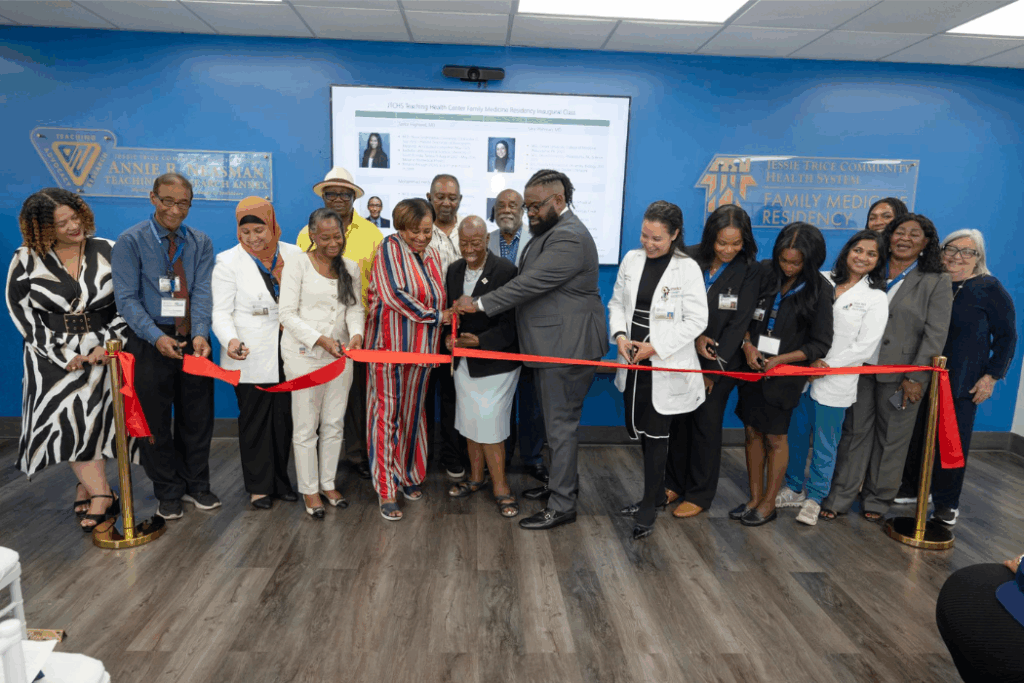
As someone who helps private and public investors, governments, and entrepreneurs navigate investment in, and revitalization of, underserved communities, I have seen many communities—regardless of their own unique dynamics—use investment in innovation as a means to improve the economic conditions within their locales and ensure return on investment.
For many communities, investing in innovation is a complex subject matter, but I have found that the following basic information is helpful in understanding this strategy:
What Is a Practical Definition of Innovation?
Innovation is the process by which new ideas—in the form of new and improved products, services, and approaches—are converted into economic and social value that adds to the productivity, quality, and effectiveness of a community or organization. Innovation is instrumental in delivering the economic and productivity gains associated with investment in research, and it offers a key route to developing new tools and approaches for tackling major societal challenges and improving quality of life. In the context of underserved communities, innovation can be viewed as the application of solutions that meet market needs, whether articulated or unarticulated, and can be applied to enhance overall conditions within that community.
Has Investment in Innovation Ever Been Used to Enhance Underserved Communities?
In the early 1900s, Southerners in the United States were faced with a drastically declining agricultural economy due mostly to the devastating effect cotton crops had on the soil. This decline affected black farmers disproportionately. Eventually, George Washington Carver, a great innovator, started to research the problem in order to develop solutions. Benefactors such as steel magnate Andrew Carnegie supported and invested in Carver’s research. Carver often stated that “Where there is no vision (innovation), there is no hope.”
With his small experimental farm, Carver focused on bringing hope to underserved communities through his vision (innovation), developing transformative agricultural developments such as promoting alternatives to cotton and enhanced crop-rotation strategies. These groundbreaking agricultural innovations helped prevent soil depletion and improved the overall economic outlook for the disadvantaged farmers and underserved communities of the day.
Can Past Investment-in-Innovation Successes Benefit Underserved Communities Today?
Yes! In 2019, underserved communities face the same perils as Southern farmers in Carver’s era. They are coping with deserted communities and decaying infrastructure, high concentrations of poverty and joblessness, community instability, and a lack of resources and capital for entrepreneurship. In spite of theses facts, however, underserved communities have a range of assets and resources and offer strong growth potential that can lead to improved economic development, job creation, and more sustainable communities. Investing in innovation is one way to mobilize that growth potential and promote the well-being of the people who dwell in those underserved communities.
While ideas and innovations may be revolutionary, investing in them doesn’t need to be. Get behind a vision, and your community will reap the rewards.













